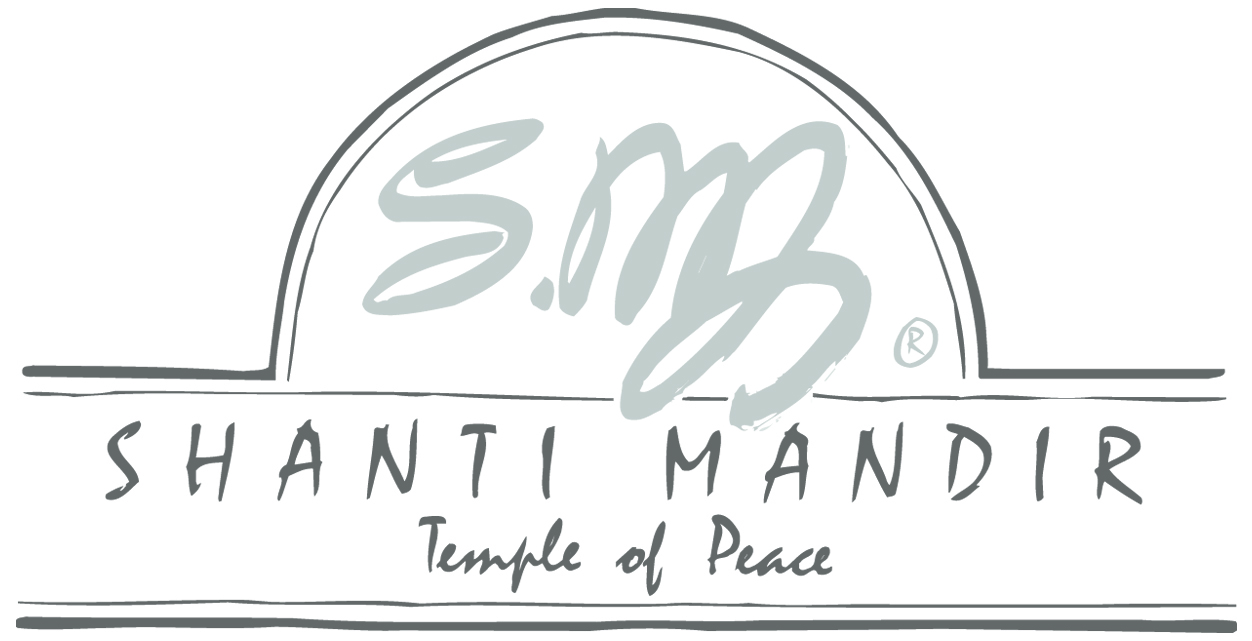The Pakhawaj is capable of a great variety of sounds depending on the hand position, the finger position, the way the skin is struck, and which skin is struck.
You could think of these stroke-sounds as syllables, they are called bol and are a fundamental part of Indian rhythm. The stroke-sound syllables you will need to play in Shanti Mandir chants are outlined in the STROKE-SOUNDS sections below.
These stroke-sound syllables or bol are also spoken. Knowing and reciting the spoken sound is an important part of playing Pakhawaj.
Just as in language, these stroke-sound syllables or bol are not heard in isolation but always played in phrases. These phrases are also called bol.
The bol you will need to play in Shanti Mandir chants are demonstrated in the BOL EXERCISES VIDEO GALLERY section below.
The Contents of this page are listed below, so you can choose to just scroll down the page, or click on one of the links to go directly to the selected section.
GO TO TYPES OF STROKE-SOUNDS
GO TO SPEAKING SOUND SYLLABLES
GO TO RIGHT-HANDED STROKE-SOUNDS
GO TO LEFT-HANDED STROKE-SOUNDS
GO TO TWO-HANDED STROKE-SOUNDS
STROKE SOUNDS
TYPES OF STROKE-SOUND
There are two types of stroke sound;
A closed (band) stroke making a flat, non-resonant sound.
An open (khula) stroke making a resonant, ringing sound.
Strokes are played in three ways;
Right-handed
Left-handed
Two-handed
SPEAKING SOUND SYLLABLES
The video demonstrations include the spoken sound syllable or bol for each stroke. Speaking the sounds (bols) out loud prior to playing them is an important part of learning Pakhawaj.
There can be variation between how a particular stroke is spoken (and therefore written) depending on the context. This can make understanding difficult at first, to become familiar simply speak and play along with the videos in the BOL EXERCISES VIDEO GALLERY.
Don’t over-think it, simply speak and play along with the videos to practice and learn.
RIGHT-HANDED STROKE-SOUNDS
na
An open (khula) stroke on the right-hand side. The right hand index finger is struck sharply on the chat (rim) to make a resonant, ringing sound.
The last two fingers are held lightly against the syahi (black spot) to control the sound.
Make sure the middle finger is held away at all times.
tin - tun
An open (khula) stroke with the index finger of the right hand struck sharply on the syahi (black spot) to make a resonant ringing sound.
The last two fingers are held lightly against the syahi (black spot) to control the sound.
Be sure to keep the middle finger raised and away from the drum skin.
ta
An open (khula) note played with the whole palm of the right-hand to make a resonant, ringing sound making sure to lead with the edge of the hand so that the little finger is horizontal and centred on the syahi (black spot) almost like a ‘karate chop’.
The whole hand is used to support the index finger striking the rim to create a resonant ringing sound.
ti
A closed (band) stroke with the last three fingers of the right hand striking flat on the syahi (black spot).
ta - ra
A closed (band) stroke with the right hand index finger striking on the centre of the syahi (black spot) to play a non-resonant flat sound.
Rarely played in isolation Ta is the second stroke of TiTa (often abbreviated to Tit), as well as played for Ra in TiRaKiTa. ***Deepak Tiwari to please record videos of Tita and TiRaKiTa
din
An open (khula) stroke on the right-hand side using a very flat hand so that all parts of all four fingers hit the syahi (black spot) and bounce off to allow a resonant ringing sound.
LEFT-HANDED STROKE-SOUNDS
ge - thun
An open (khula) stroke with the left hand. It is played with a flat hand striking the drum so that the big knuckles of all four fingers meet the rim of the drum while the ends of all four fingers bounce onto the syahi (black spot) to create a resonant sound, the knuckles must remain on the rim to control the sound.
This stroke is particular to the Pakhawaj and can be spoken as ge or thun depending on the context but is played in the same way.
ka - kat - ki
A closed (band) stroke with the flat palm and fingers of the left hand to create a flat, slapping sound with no resonance. Notice the heel of the hand is over the chat (the outer skin) and the index finger is diagonally across the syahi (black spot). This is a very common stroke. It is also the easiest to execute.
This bol may be written as ka, kat, ke or ki depending on the context, but the stroke it is always executed in the same manner.
TWO-HANDED STROKE-SOUNDS
dha (na + ge)
Both hands at the same time play open (khula) strokes. Play Na with the right hand and Ge with the left hand.
tin (tin + ka)
Both hands at the same time play a Tin with the right hand and a Ka with the left hand. Tin is an open stroke, Ka is a closed stroke.
dhin (tin + ge)
Both hands at the same time play open (khula) strokes. Play a Tin with the right hand and a Ge with the left hand.








